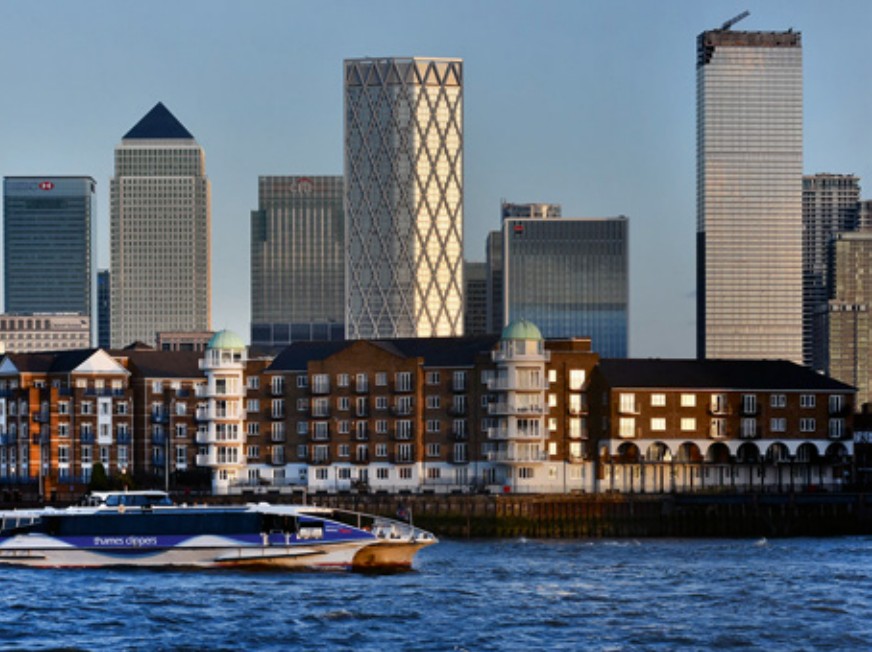Downloads
DOI:
https://doi.org/10.51461/issn.2309-3072/84.2555Keywords:
landscape, construction, planning, spacelessness, placelessness, feeling of the cityAbstract
The article illustrates the relationship of the sociological (Сh. Mills) and geographical (D. Harvey) imaginations that form the discursive dichotomy of urban planning. The articulation of geographical imagination is associated with the dominance of ‘abstract systems’ of politics and economics (the example of Docklands in London) and is fraught with ‘inaccessibility’ for citizens, the loss of a ‘sense of place’. The sociological imagination is driven by attention to a fragile social topology (the example of Stuyvesant Town in New York) and is aimed at socially oriented projects. The article reveals the potential of Healy’s ‘joint planning’ (Coney Street and Gabriel Shipyards in London), which was proposed to integrate two forms of imagination.
How to Cite
Published
Issue
Section
References
Bahtin, M. M. (1986). Jestetika slovesnogo tvorchestva [Aesthetics of verbal creativity]. Moscow: Iskusstvo.
Certeau, M. (2015). The mystic fable. Volume two. Chicago: The University of Chicago Press.
Fainstein, S. (2001). The city builders. Property development in New York and London 1980-2000. Kansas: University press of Kansas.
Fainstein, S. (2010). The just city. London: Cornell University Press.
Foglesong, R. (2016). Planning the capitalist city. In S. Fainstein, & J. Dephillips (Eds.), Readings in planning theory (4th ed.) (pp. 118-122). London: Blackwell Wiley.
Friedmann, J. (1987). Planning in the Public Domain. New Jersey: Princeton University Press.
Gurevich, P. S. (2009). Bezmestnost’ cheloveka [Person’s spacelessness]. Philosophy and culture, 2, 5-8.
Habermas, J. (2022). Teoriya kommunikativnoj deyatel’nosti [Theory of communicative action] (A.K. Sudakova, Trans). Moscow: Ves’ Mir.
Harvey, D. (1985a). Consciousness and the urban experience. Oxford: Basil Blackwell.
Harvey, D. (1985b). The urbanization of capital. Oxford: Basil Blackwell.
Harvey, D. (1993). Social justice and the city. Oxford: Basil Blackwell.
Harvey, D. (2012). Rebel cities. London: Verso.
Healey, P. (1997). Collaborative planning. Shaping places in fragmented societies. Palgrave HE UK.
Lefebvre, H. (1991). The Production of Space. Oxford: Blackwell.
Mills, C. R. (2001) Sociologicheskoe voobrazhenie. [Sociological imagination] (A. O. Oberemko,Trans.). Moscow: Nota Bene.
Robinson, S., & Pallasmaa, J. (Eds.). (2015). Mind in architecture. Neuroscience, embodiment, and the future of design. Cambridge, Massachusetts: The MIT Press.
Soja, E. (1989). Postmodern Geographies. The reassertion of space in critical social theory. London – New York: Verso.




